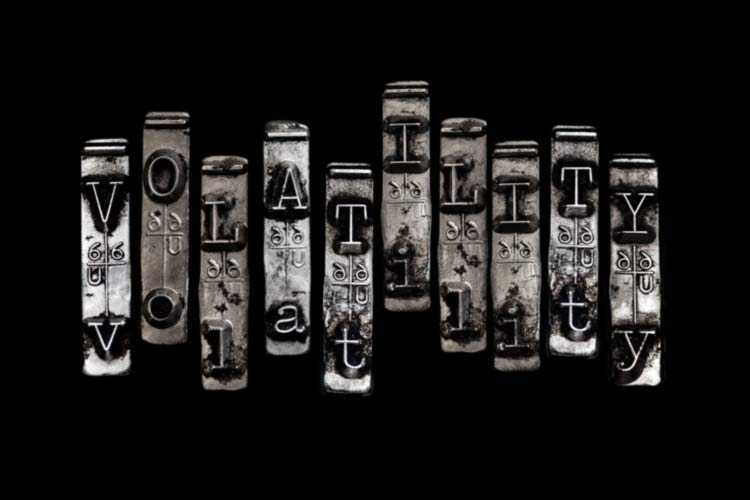
The VIX discount just breached negative 40%
It's been a wild ride for the U.S. stock market, with the Dow and S&P 500 Index (SPX) set to snap its longest monthly win streaks in decades -- and the Cboe Volatility Index (VIX) on track for its best monthly gain since August 2015. Amid this volatile trading environment, the VIX premium moved to a discount for the first time since October 2016 last week, and has since swung to a more extreme reading.
On Monday, the VIX discount -- which measures the difference between when spot VIX retreats south of the 20-day SPX historical volatility, indicating lower short-term volatility expectations are being priced in-- fell to negative 40.2%. According to Schaeffer's Quantitative Analyst Chris Prybal, this is just the third time ever this volatility signal has flashed.
Most recently, the VIX discount fell below negative 40% on July 20, 2016, and before that, you'd have to go all the way back to Nov. 4, 2008 -- the height of the Great Recession. The subsequent returns for the S&P 500 aren't pretty, though the numbers are skewed by the 2008 results. In fact, through all time frames out to six months, the SPX has averaged a negative post-earnings return.

The VIX, on the other hand, has averaged a positive post-signal return going out four months. Most notably, at the two-week mark, the market's "fear gauge" was up 25.5% in the 10 days after the VIX discount hit negative 40%.
